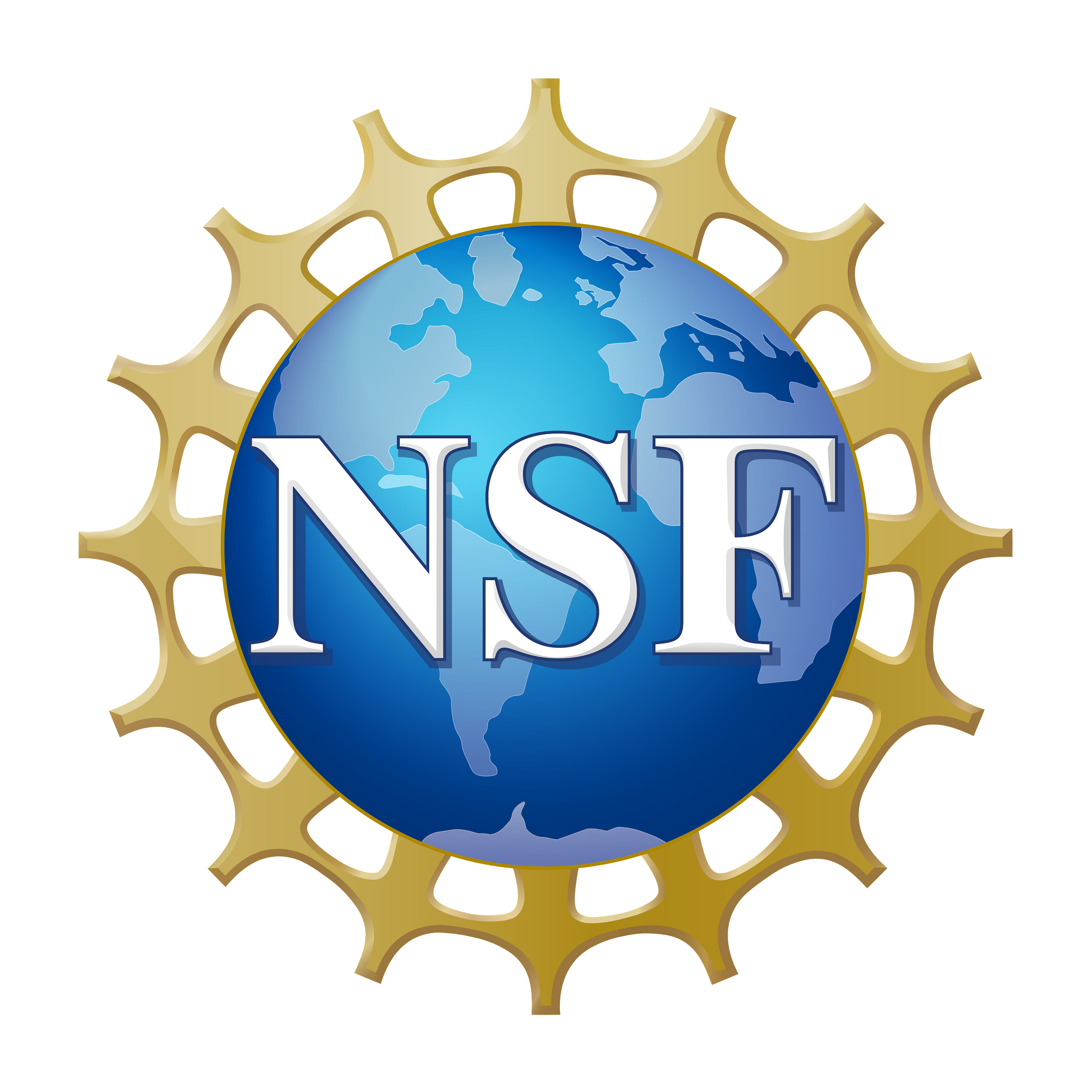-
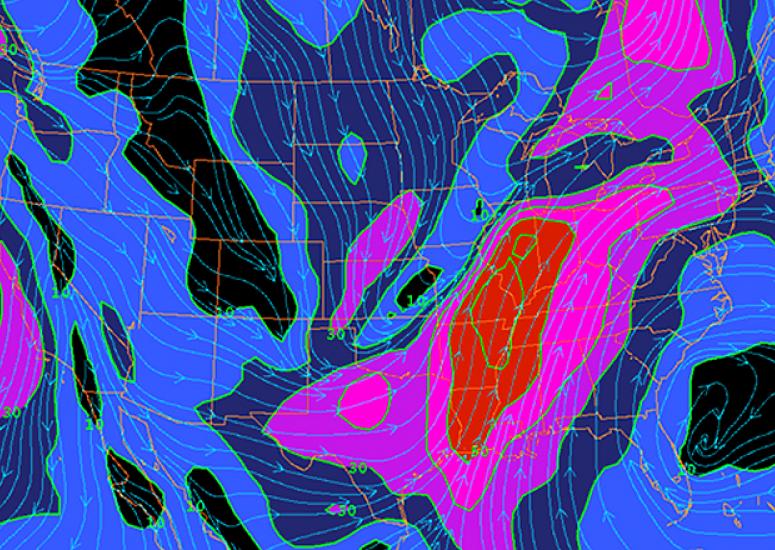
A mother lode of wind power
What if all the energy needed by society existed just a mile or two above our heads? NCAR, the University of Delaware, and the energy firm Garrad Hassan have begun examining where the strongest winds are and how much electricity they may be able to generate.
-

In search of 60-mile-high waves
A field project this June and July will study gravity waves, towering atmospheric features little-known to the public. Novel instruments to be deployed for the international DEEPWAVE project, based in New Zealand, will provide an unprecedented view of gravity waves, a major shaper of atmospheric variability at multiple heights.
- Climate,
- Weather
-
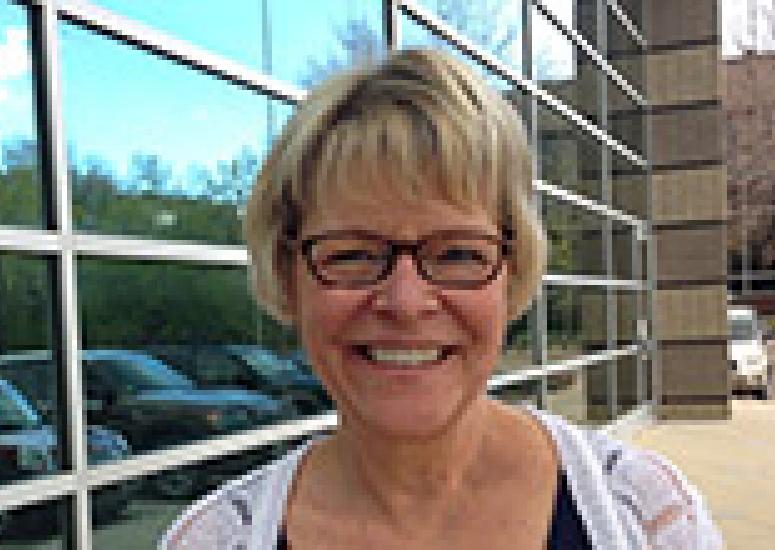
Kathryn Schmoll named to NASA Advisory Council
Kathryn Schmoll, UCAR vice president for finance and administration, will advise the agency on challenges and solutions as it embarks on a new era of exploration.
-
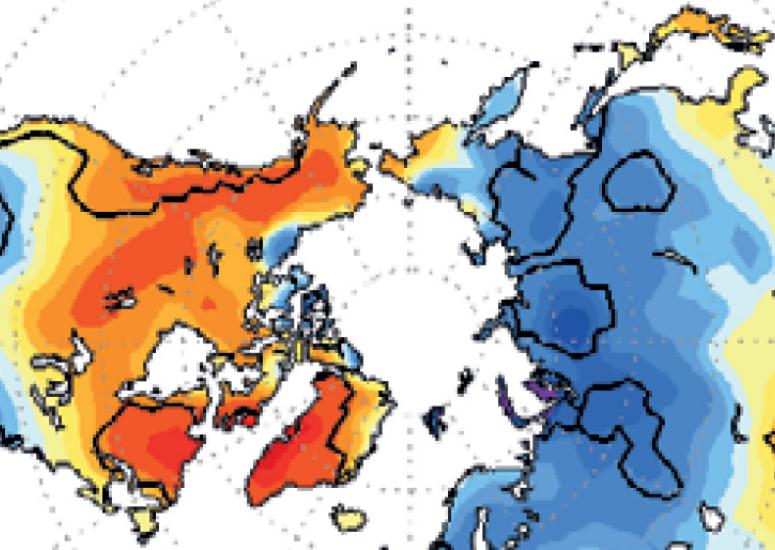
El Niño’s high-altitude highway
El Niño exerts its global impact through two different atmospheric pathways, one located miles above the other—a finding that may help bolster regional climate prediction.
- Climate
-
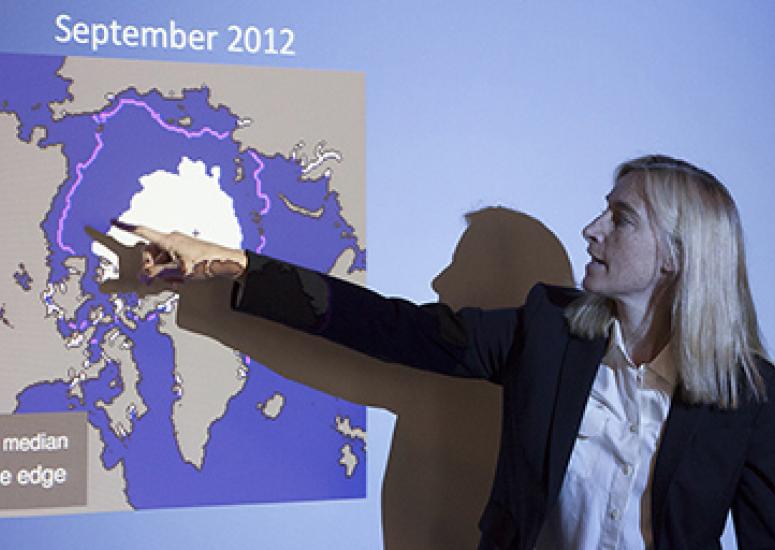
Four decades of geoscience
Geophysical Research Letters, a leading journal in Earth science, is toasting its 40th anniversary this month with an editor-picked retrospective collection of 40 papers, including several with authors from NCAR.
- Climate,
- Air Quality
